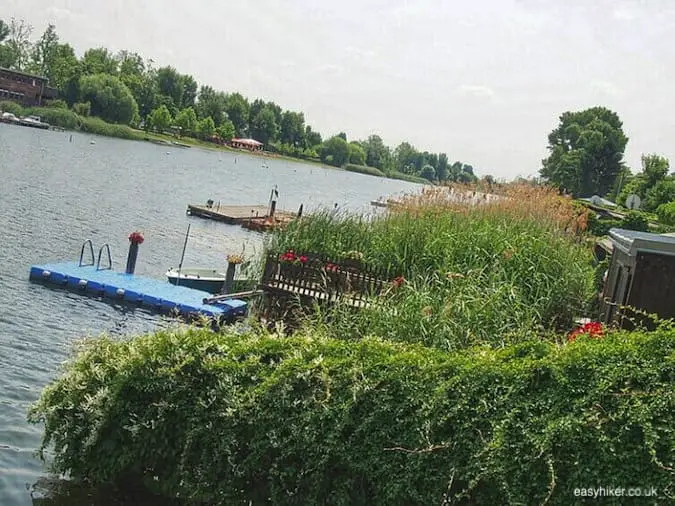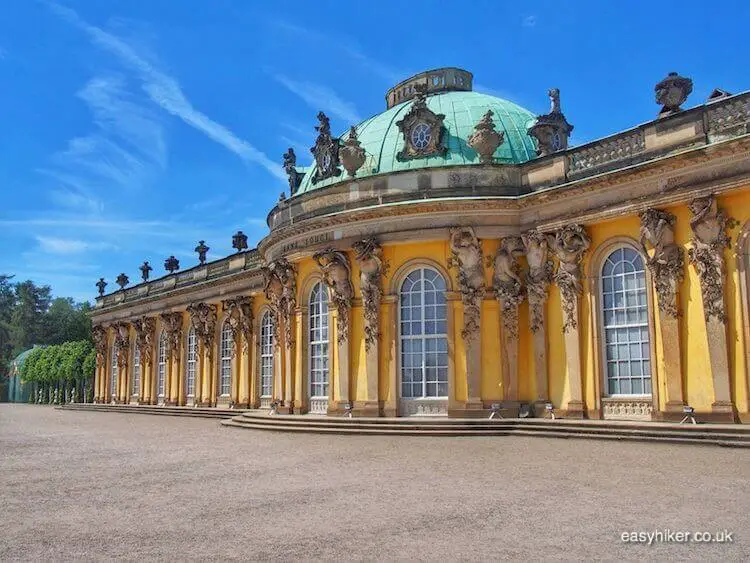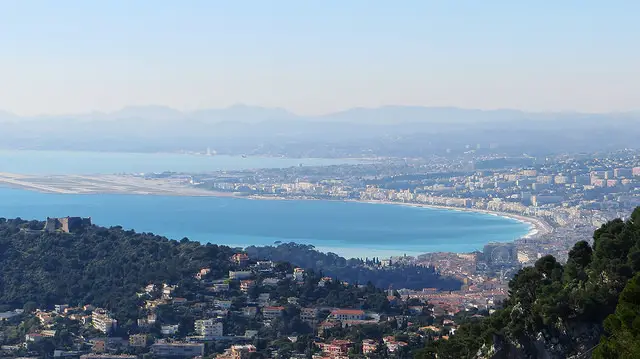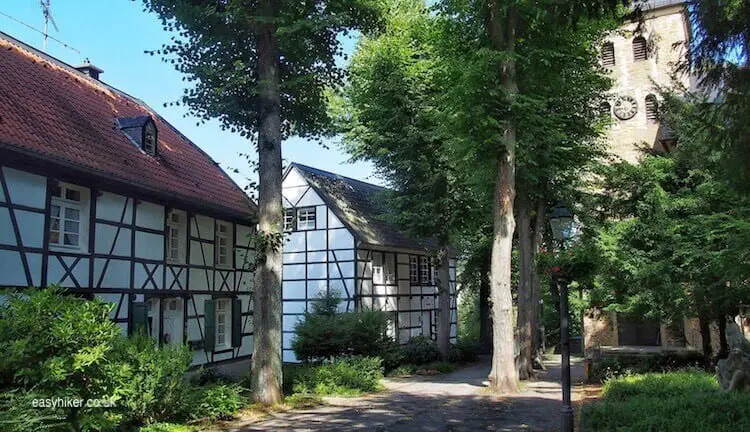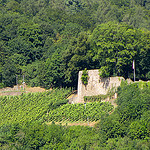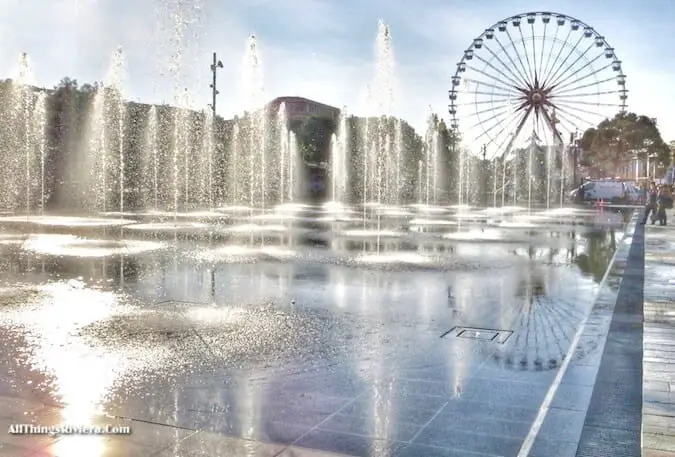In the initial post about our trip along the Danube, I said that the Rhine landscape featured a large number of castles. While this is undeniably true, it may have been misconstrued to imply that the landscape of the Danube did not.
So let me clearly state once and for all that this would be a totally false impression. Of course the Donau has castles, too.
And just to prove the point, today we are going to climb one: all the way up to Veste Oberhaus, which overlooks the city of Passau on the German-Austrian border.
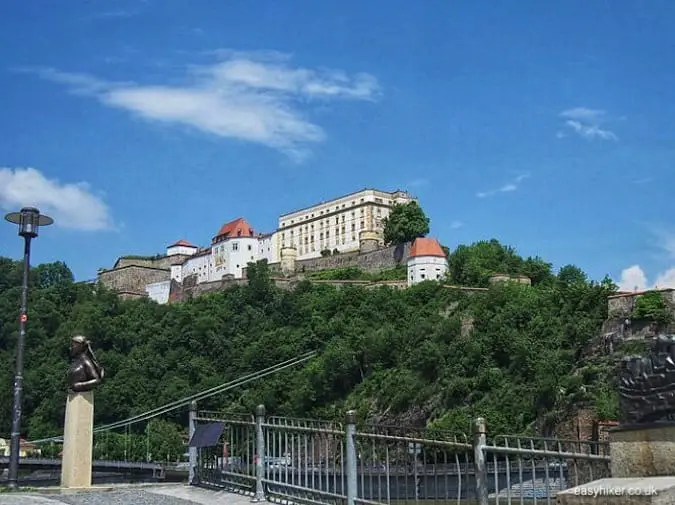
Second Movement of the Blue Danube
To get there, turn out of Passau central train station through some nondescript modern shopping streets until you reach the Old Town, one of Germany’s prettiest, …
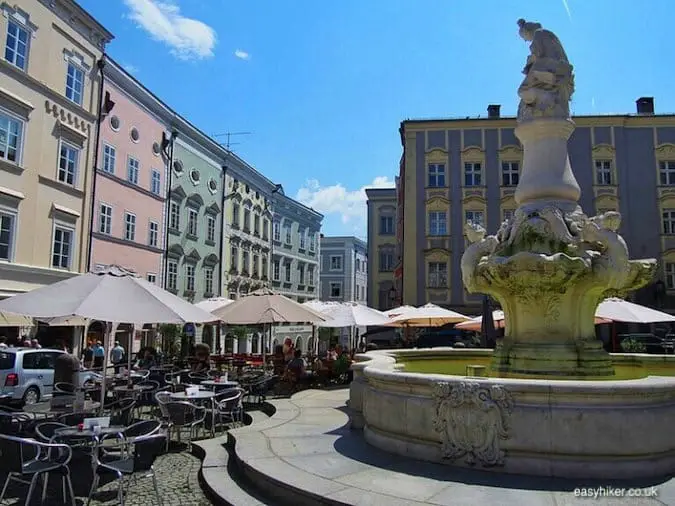
… most historical and storied.
Among the many legends connected with Passau’s town centre is the tale of an aristocratic lady who was brutally murdered on Höllgasse in the 18th century and who is said to roam the streets in her blood-drenched dress.
Passauers believe that only those people can see her who have been chosen by the underworld to communicate with the undead. An old maid’s tale, we laughingly agreed, because we, of course, did not see anything.

The high point of the Old Town is St Stephens Cathedral …
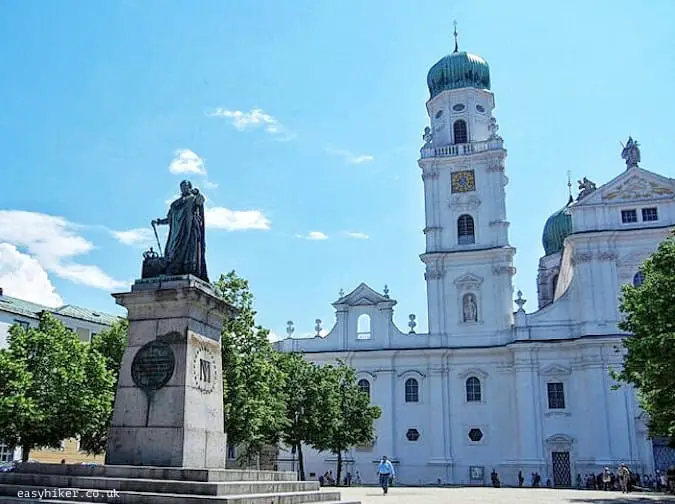
… but the Old Town’s unique selling point is that it was built on a thin strip of land, an island for all practical purposes, from where you can spot the Danube on one side and one of her biggest contributors, the Inn, a few meters away on the other.
Turn left to cross the Danube via the Prinzregent Luitpold Bridge and look for the stairway on the other side. (You will be fascinated to read that Prince Ludwig of Bavaria – “his very supreme highness”, it says – beat you to it by a mere 120 years.)
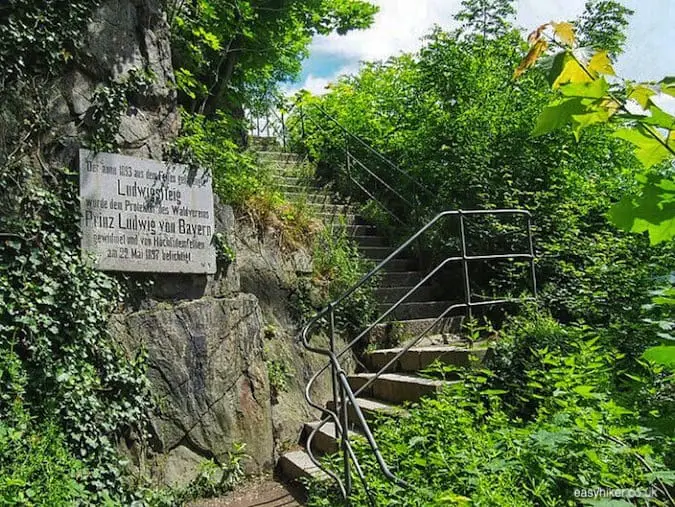
Overall, this is a rather gentle climb …
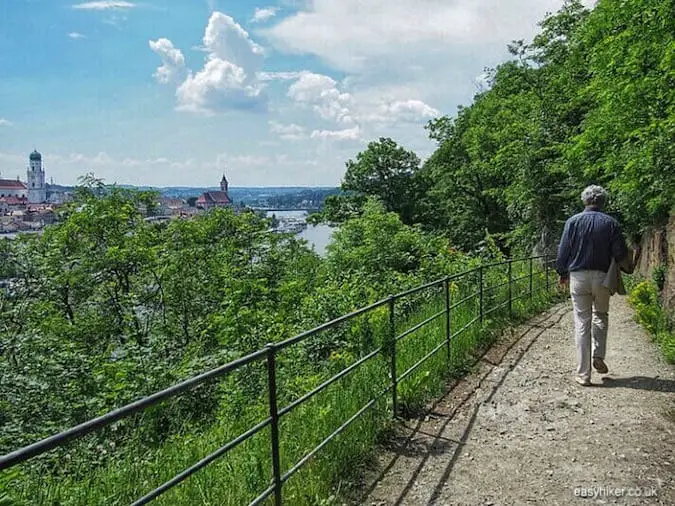
… and short, too: you will be at the castle in approx. 30 minutes.
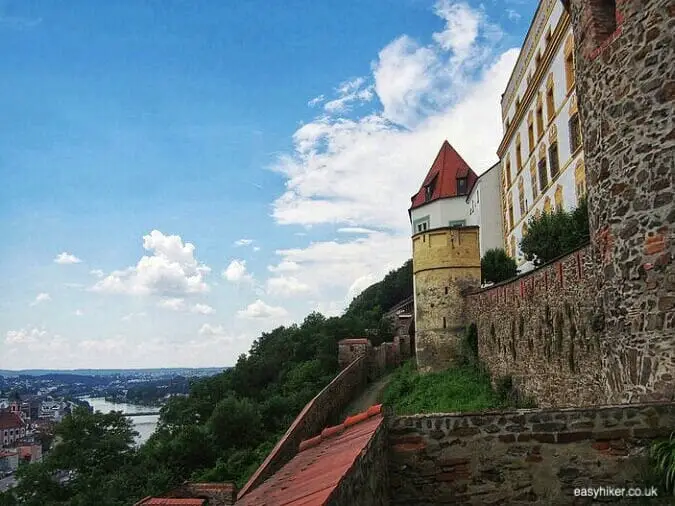
The oldest buildings of Veste Oberhaus were constructed in 1219, and today, the whole place is run as a museum. Have a look inside, by all means, but the best thing about the castle is the panoramic view that you get across the town and its surroundings.
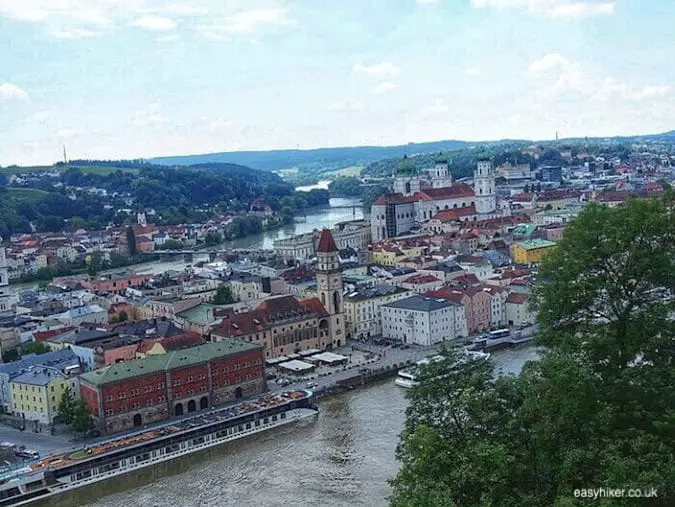
It is only from up here that you see how thin the strip of land is on which Passau has been built, especially towards the far end …

… but above all, what happens when the strip sinks into the water and the two rivers meet: one blue (with a bit of self-persuasion), but the other distinctly green.
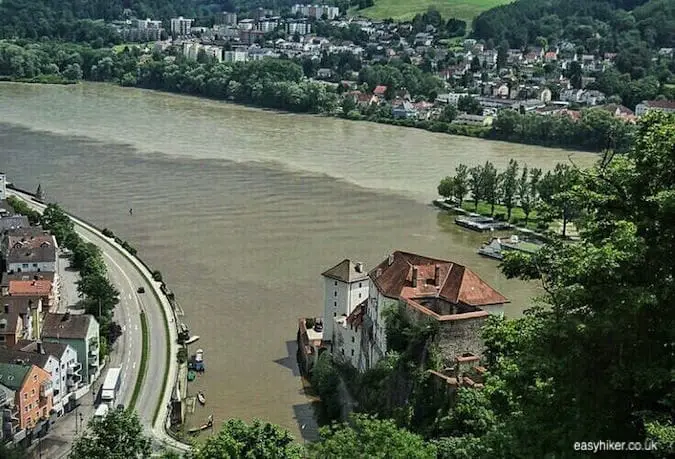
Actually, there is a third river involved: the Ilz, which flows into the Danube a few hundred meters before it meets the Inn. (In the picture above, this is just about where the bank reinforcements on the left take a gentle turn.) This is why Passau is sometimes called the “city of three rivers”, which is about the only thing it has in common with Pittsburgh.
One thing I could not help wondering about is this: when the Danube and the Inn meet, the Inn looks quite clearly the bigger of the two, so why is the new river not called the Inn?
The answer to that is more complicated than you may think. When I found out that the Danube is deeper than the Inn (7 metres, where the Inn only reaches 2) and carries more water for most of the year, I thought I had found the answer, but in fact the volume issue turned out to be completely irrelevant.
In theory, what counts is the drainage area: the stream draining the larger surface area becomes the main stream and therefore receives “naming rights”.
The more you think about this, however, the more you will realize that this is not how it works. Rivers were named long before such hydrological calculations became possible. We know today, for example, that the Missouri has a larger drainage area than the Mississippi. (Feel like starting a re-naming campaign?)
When two rivers meet (which is called a “confluence” by the way: learn a new word every day), the most important thing to consider is the direction of the new river. If river A hits river B in a 90 degree angle, it can drain an area the size of a whole continent, and it will stand no chance: it is the river that continues in a straight line that will always get the nod.
Also, I believe, rivers were never named from their source: the people who established large settlements on their banks decided on a name and then traced their river back, sailing upstream to look for new horizons or better lives and settling any naming issues they met on their way, whenever they could, in favour of their hometown stream.
At any rate: this is, quite literally, water down the river, and next week – forever looking forward – we shall see where the water down the river Danube will lead us from here.
Spoiler alert: it’s Vienna all right, but it won’t be as you know it.
